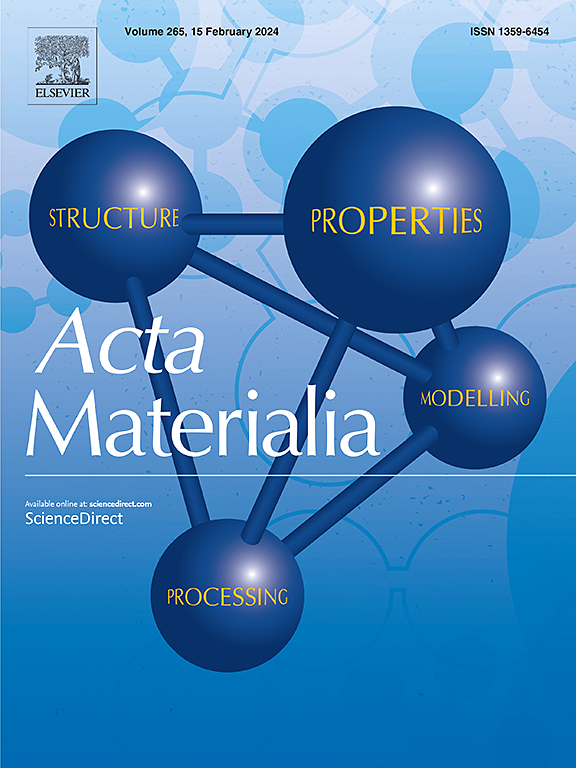基于超声、压缩试验和微ct数值模型的羟基磷灰石TPMS支架弹性和破坏特性研究
IF 9.3
1区 材料科学
Q1 MATERIALS SCIENCE, MULTIDISCIPLINARY
引用次数: 0
摘要
羟基磷灰石是骨组织工程中广泛应用的陶瓷材料。为了制造合适的支架,可靠的设计和彻底的特性是必不可少的。在这项研究中,我们使用还原光聚合(VPP)设计并3D打印了三个三周期最小表面(TPMS)支架几何形状。我们采用实验和数值分析相结合的方法来评估打印精度及其与支架力学性能的相关性。我们的研究结果表明,VPP可以打印复杂的微结构,如TPMS的薄壁厚度在几百微米的范围内。通过超声波和压缩试验分别测定支架的有效刚度和强度。基于计算机微层析成像建立了有限元模型来模拟实验压缩测试,显示出与实验数据的强烈一致性。在测试的TPMS几何形状中,金刚石微观结构的破坏比强度最低,而比强度最高的是I-graph和wrapped package-graph (IWP)支架。本文章由计算机程序翻译,如有差异,请以英文原文为准。


Elastic and failure characterization of hydroxyapatite TPMS scaffolds using a combined approach of ultrasound, compression tests and micro-CT based numerical models
Hydroxyapatite is a widely used ceramic material for bone tissue engineering. For creating suitable scaffolds, reliable design and thorough characterization are essential. In this study, we designed and 3D printed three Triply Periodic Minimal Surface (TPMS) scaffold geometries using Vat Photopolymerization (VPP). We employed a combined experimental and numerical analysis approach to evaluate printing accuracy and its correlation with the mechanical properties of the scaffolds. Our findings indicate that VPP can print complex micro-architectures as those of the TPMS with thin wall thickness in the range of few hundreds of micrometers. Ultrasound waves and compression tests were conducted to determine the effective stiffness and strength of scaffolds, respectively. Finite Element Models were developed based on Computed micro-Tomography acquisitions to simulate the experimental compression tests, showing strong alignment with the experimental data. Among the tested TPMS geometries, the Diamond microstructures fail with the lowest specific strength, while the highest specific strength is shown by the I-graph and wrapped package-graph (IWP) scaffolds.
求助全文
通过发布文献求助,成功后即可免费获取论文全文。
去求助
来源期刊

Acta Materialia
工程技术-材料科学:综合
CiteScore
16.10
自引率
8.50%
发文量
801
审稿时长
53 days
期刊介绍:
Acta Materialia serves as a platform for publishing full-length, original papers and commissioned overviews that contribute to a profound understanding of the correlation between the processing, structure, and properties of inorganic materials. The journal seeks papers with high impact potential or those that significantly propel the field forward. The scope includes the atomic and molecular arrangements, chemical and electronic structures, and microstructure of materials, focusing on their mechanical or functional behavior across all length scales, including nanostructures.
 求助内容:
求助内容: 应助结果提醒方式:
应助结果提醒方式:


